After a short stint as Third Trick Operator at Connell, Wash. (where early one morning I saw NP’s first three GE U25C diesels on their first trip west), I was instructed to go to Plains, Mont., to be a Second Trick Operator until further notice. Plains, normally a one-man day agency, was being opened as a 24-hour train-order office because of a massive washout on the Great Northern main line east of Columbia Falls, Mont. As a result, all of the GN’s trains were detouring over the NP! A westbound GN train would leave its main line at Pacific Junction, Mont., just west of Havre, travel to Great Falls on the GN’s secondary main line, and then continue on to Helena, Mont., on the GN. At Helena they would switch to NP trackage. They then ran on the NP to Sandpoint, Idaho, where they returned to GN rails to continue west to Spokane, Wash., and the coast. Eastbounds operated over this same route.
Plains is located 6 miles west of the NP division point of Paradise, Mont. Because of the sudden, large increase in train movements resulting from the GN detours, Paradise would be handling only eastbound trains moving onto NP’s Rocky Mountain Division, and Plains would be the originating terminal for westbounds entering the Idaho Division. The 6 miles between Paradise and Plains was to be operated as a yard limit.
All freight-train movements on this single-track, automatic-block-signaled line were handled under train-order authority. The dispatcher dictated train orders and clearances to one or more train-order offices on the dispatcher’s railroad phone line. The operator then repeated the order or clearance back to the dispatcher to ensure accuracy. The dispatcher would “Complete” the order or “OK” the clearance with the Superintendent’s initials and the time of day. The operator noted this on the order or clearance. The system was quite similar to the track warrant system in use on many lines today.
Regular NP passenger trains were scheduled in the employee timetable and so did not require orders for movement authority; normally the only orders they received were slow orders or orders directing them to run so many minutes late. During the detours, GN passenger trains ran as a second section of the equivalent NP train. Freight trains ran as “fleets” of five to eight in one direction, usually with every siding filled with a freight headed the other way. Then a fleet would come from the opposite direction.
As the “originating” station for westbound trains, Plains displayed a permanent “19,” or yellow, indication on the westbound train-order board. All westbounds received divisional slow orders, running meet orders, and a clearance form, which listed the numbers of the attached orders. Four sets of the orders were prepared, three for the train and one for the office file. The orders for the train would then be placed in strings attached to hoops, two sets for the head end, and one set for the caboose. The train was allowed to pick up these orders at speed from a trackside rack, which was turned to put the hoops within easy reach from the engine cab window or the caboose platform.
We had an indicator light in the Plains depot for a train coming in either direction, one light for westbound trains and another for eastbounds. The westbound light would come on when a train went by the west switch at Paradise. It was customary to tell the dispatcher “Coming west, Plains” when this light came on. I quickly learned that I had less than 6 minutes for passenger and maybe 10 minutes for freights from the time the light came on until the train was there! This became painfully obvious to me one night when GN’s Empire Builder blasted by at speed before I had time to hang its orders in the rack. The limited had to stop and back up to get its orders, and I had a mighty unhappy train crew on my hands! Fortunately for me they kept quiet about it.
When the dispatcher wanted to dictate an order, he would say “19 west, copy 4, Plains.” This told me it was a form “19” order, for a westbound train, and to make four copies. Usually the same order would be copied at the same time by another station for delivery to a different train. There was just enough time after the light came on to copy and repeat one train order and then do the clearance and get them in the hoops and ready for the train. That is, if the dispatcher was responsive to the “Coming west, Plains” announcement, and was prompt in the dictation of the order and clearance.
In the event that things did not proceed in a quite so timely a fashion, I had an unauthorized “ace” ready. I would change the train-order signal to a “31” or red “Stop” indication. Technically, a “31” order was one where the train crew had to stop and sign an acknowledgment that they had received the order. By 1964 the “31” orders were virtually never issued, and I never copied one in my five years as a telegrapher.
But the real ace was that the “Stop” indication on the train-order signal at the depot would cause the next block signal to the east to display a yellow aspect to the westbound train. This told the crew that they could expect a red train-order board at Plains, so they would slow down and be prepared to stop at the depot. With the extra minutes gained by the slower running, I’d have enough time to complete the orders. When they were hung and ready for the train, I would change the order board back to the normal “19” position. Soon I would hear the diesels throttle up when the engineer realized he did not have to stop. This was one of those little twists of the rules that was tolerated to make life easier for everyone.
After my experience with the Empire Builder, I didn’t hesitate to use this technique any time I thought the train might be on me before I had the orders ready. Most of the time I was able to get the orders ready without causing the train to stop, but there was one exception that I remember quite clearly.
Gordon Fleming was one of the dispatchers who often worked second trick on the “Idaho East” segment between Spokane and Paradise. Gordon was a good dispatcher: methodical, careful, but also painfully slow! It seemed like it took twice as long to get through a train order with him as it did with the other dispatchers.
The situation on this particular night unfolded like this. Me: “Coming west, Plains.” Gordon: “19 west, copy 4, Plains.” I put the order board up to the “Stop” position. Gordon droned through one order, then another, then a third, and then he said, “Plains, do you see anything of that westbound yet?”
I lied: “I think I see his light coming around the corner east of town.” In reality, the engine was stopped in front of the depot and the engineer was starting down the ladder of his F unit to see what the delay was.
Gordon said, “OK, clear ’em up.” I wrote out the clearance, repeated it, got the OK, and folded up the orders and clearance for the head end just as the depot door opened. Before the engineer could say a word, I handed him the orders as I said, “Fleming’s dispatching tonight.” He didn’t say anything, just heaved a big sigh as he turned around and headed back to the engine while I cleared the board to “19” and hung the orders for the caboose. I’m sure he envisioned a long night ahead before he tied up in Spokane.
I had been looking forward to a whole summer of action at Plains, but the GN got its line repaired in just two weeks and things were back to normal. I did get to stay at Plains for another three weeks, though, as the agent decided to take his vacation and I filled in for him. It was fun and interesting while it lasted!
First published in Summer 2008 Classic Trains magazine.
Learn more about railroad history by signing up for the Classic Trains e-mail newsletter. It’s a free monthly e-mail devoted to the golden years of railroading.





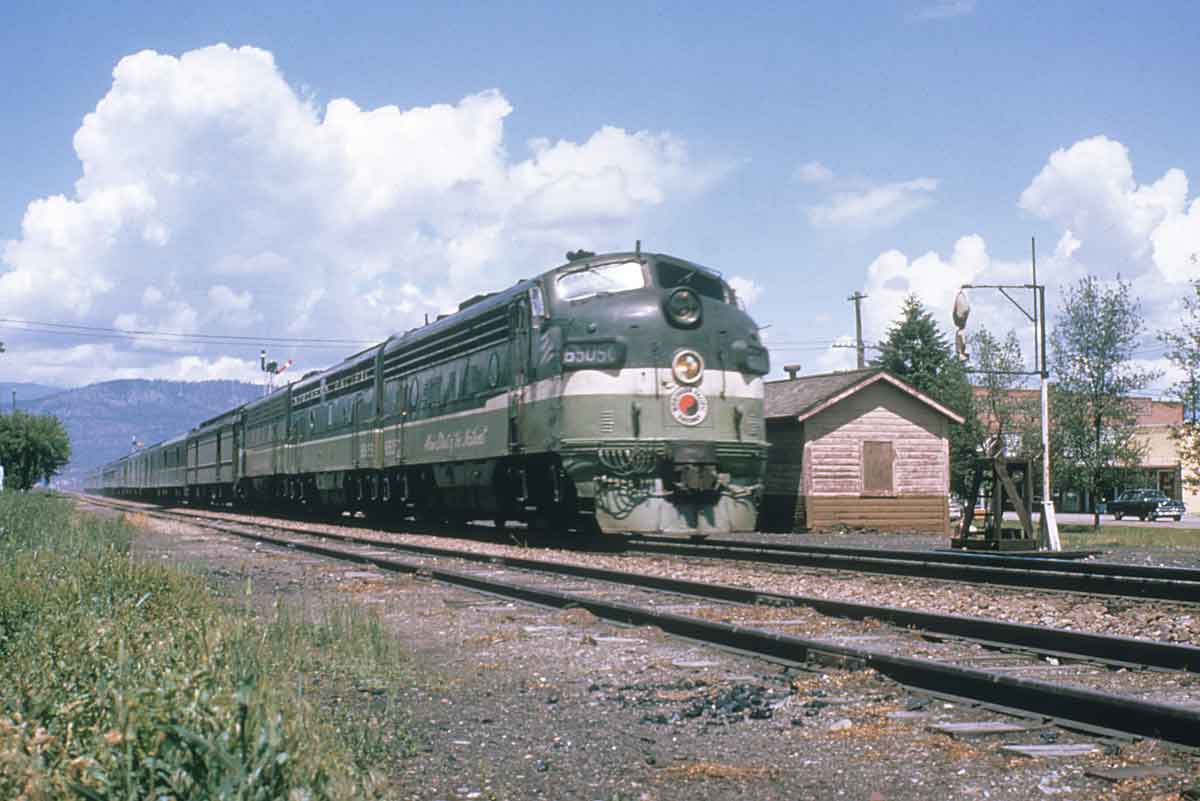

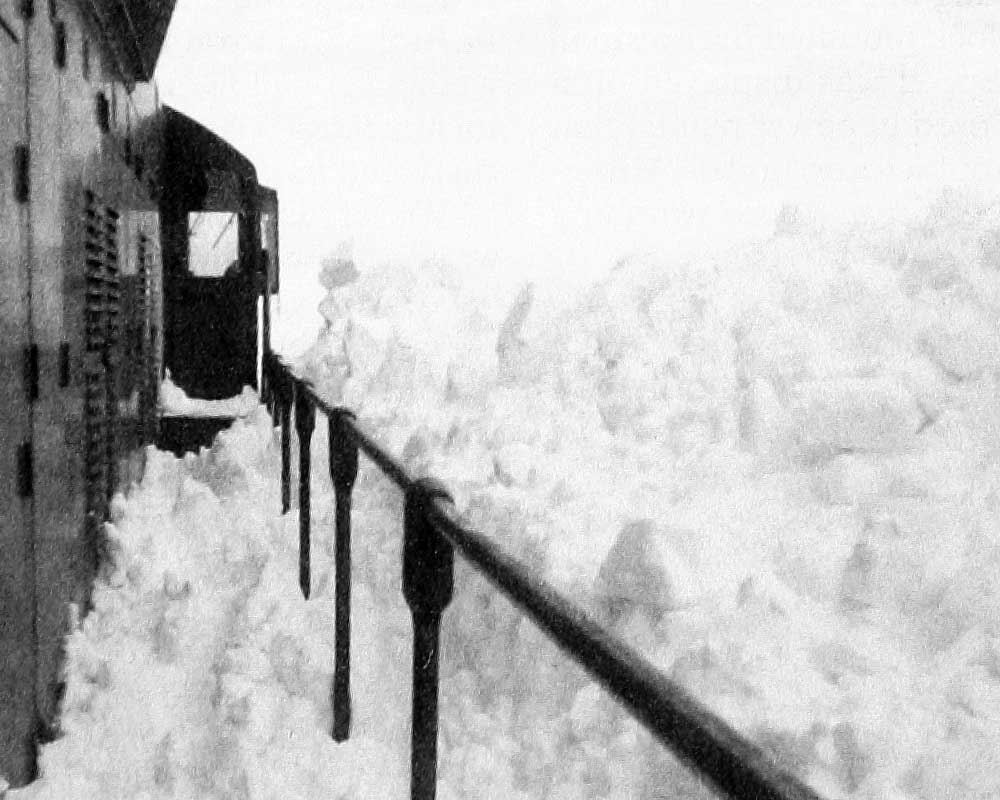
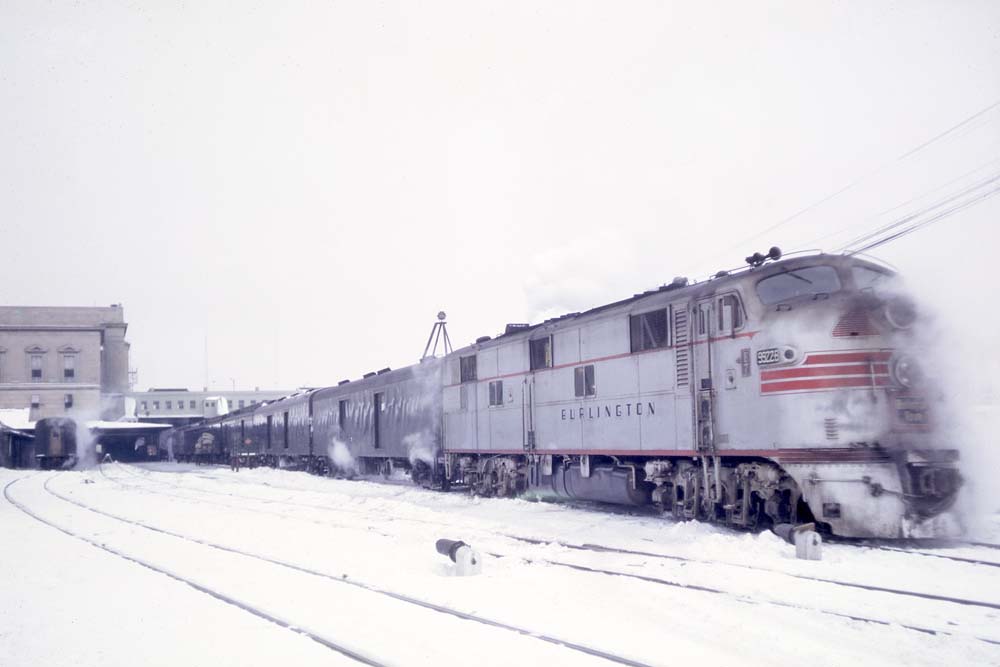
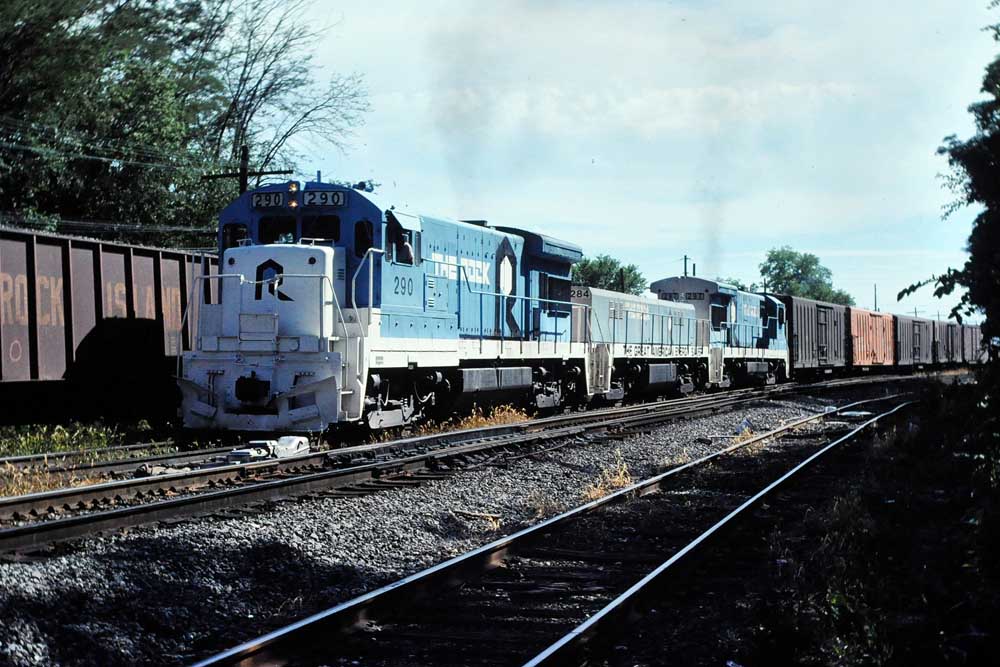
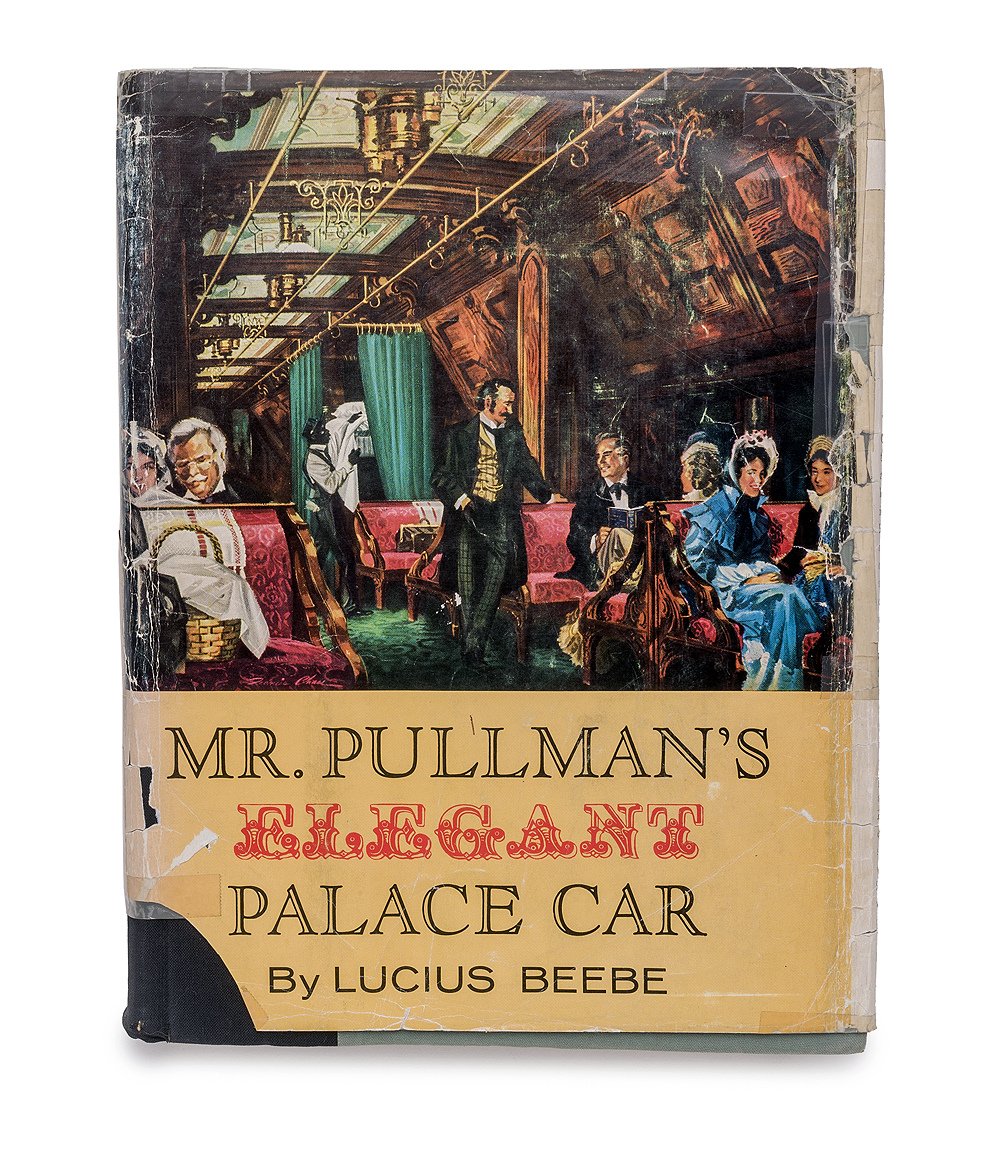




Worked as a Train Order Operator on multiple Divisions of the B&O – Most of the time 31 Orders were issued to the ‘holding’ Operator when a train was ‘reversed’ against the Current of Traffic on double track territory with the tracks being signaled in one direction only. “No. 5 Eng 1440 has right over opposing trains on #2 track Niles Jct. to Newton Falls”. No.5 would get the order at Niles Jct. as a 19 order and the Operator at Newton Falls would copy and hold the order as well as blocking off the signals that would permit a move on #2 track .
All the Divisions I worked had ‘some’ double track – even the Divisions that were nominally single track.
I really enjoyed your true story working on the NP at Plains, MT !!
This story comes as close to anything I can remember as a kid, that Classic Trains has published, to the life my Dad led working in Stations on the CPR in Alberta.